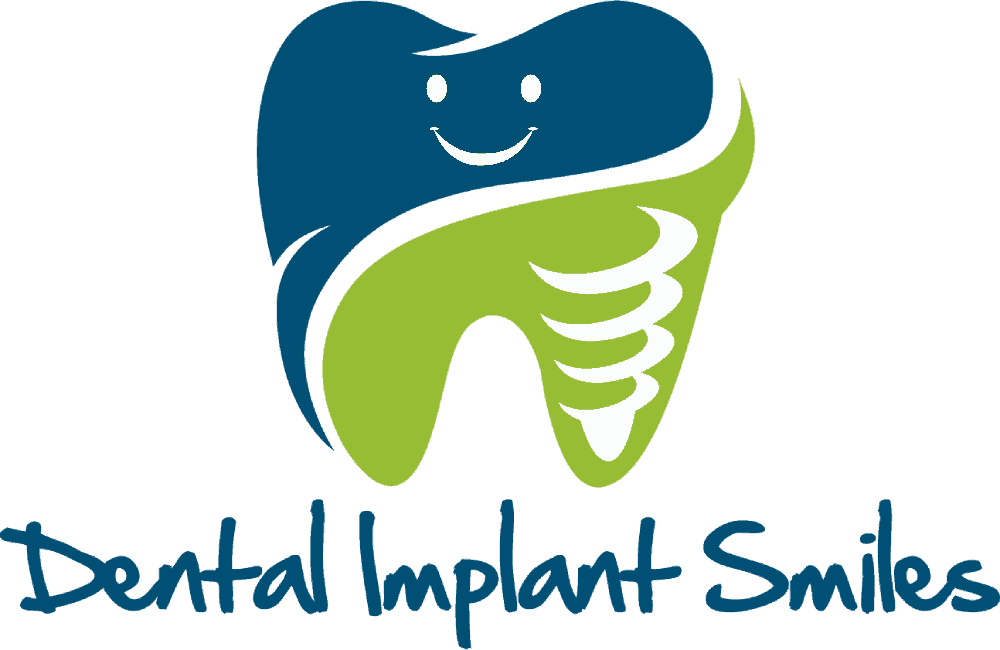Laser technology has been in use for a number of years in both dentistry and medicine. New advancements in laser instruments as well as the techniques with which laser therapy is applied have greatly expanded treatment options for our patients. Currently lasers have not replaced traditional means of therapy in periodontics: however, in many cases, it can be used with traditional treatment to provide added benefits. It is important to properly identify situations where laser use is appropriate in achieving the needed therapeutic effect. Our doctors routinely provide our patients with the necessary information to help educate them and to help in determining whether laser treatment is right for them.
Laser Assisted Surgery-Approved by the AAP and used in dentistry
Laser technology has been in use for a number of years in both dentistry and medicine. New advancements in laser instruments as well as the techniques with which laser therapy is applied have greatly expanded treatment options for our patients. Currently lasers have not replaced traditional means of therapy in periodontics: however, in many cases, it can be used with traditional treatment to provide added benefits. It is important to properly identify situations where laser use is appropriate in achieving the needed therapeutic effect. Our doctors routinely provide our patients with the necessary information to help educate them and to help in determining whether laser treatment is right for them. Laser Assisted Surgery-Approved by the AAP and used in dentistry Lasers can be used during surgical procedures to manage soft tissues and debride infected areas. When used properly lasers may provide additional benefit to the conventional surgical techniques, resulting in less bleeding, better access, and more rapid healing for the patient.
LANAP: Laser Assisted New Attachment Procedure-NOT YET APPROVED by the American Academy of Periodontology
Please visit the link below for detailed information about the use of LANAP to treat gum disease. The summary is that the American Academy of Periodontology does not yet support the use of lasers to treat gum disease due to the lack of sufficient research showing consistent therapeutic results to patients, despite a large push by companies selling lasers to market their products.
Laser Information from The American Academy of Periodonology
LASER TREATMENT FOR GUM DISEASE
Limited research suggests that the use of lasers as an adjunct to scaling and root planing (SRP) may improve the effectiveness of this procedure. SRP is a non-surgical therapy used to treat periodontal diseases. In addition, when the lasers are used properly during periodontal therapy there can be less bleeding, swelling and discomfort to the patient during surgery.
CAN THE USE OF LASERS IN PERIODONTAL THERAPY HARM PATIENTS?
Yes and no. Each laser has different wavelengths and power levels that can be used safely during different periodontal procedures. However, damage to periodontal tissues can result if an inappropriate wavelength and/or power level is used during a periodontal procedure.
DOES THE RESEARCH ON LASERS SUPPORT THEIR USE IN PERIODONTICS AT THIS TIME?
At this time, there is insufficient evidence to suggest that any specific laser wavelength is superior to the traditional treatment methods of the common periodontal diseases, such as periodontitis.
CAN I TRUST THE CLAIMS IN AN AD FOR PERIODONTAL THERAPY PERFORMED WITH A LASER?
It is important to beware of advertising that sounds too good to be true because it very well may be. A dental professional can help you separate fact from hype.
WILL MY INSURANCE CARRIER COVER THE USE OF A LASER IN PERIODONTAL THERAPY?
Insurance carriers reimburse for the procedure being performed rather than the device used to perform it. Therefore, whether your periodontist uses traditional tools for treatment or lasers, your reimbursement will be the same for that specific procedure. Before having surgery, always consult with your insurance carrier to determine what procedures are covered in your plan.

